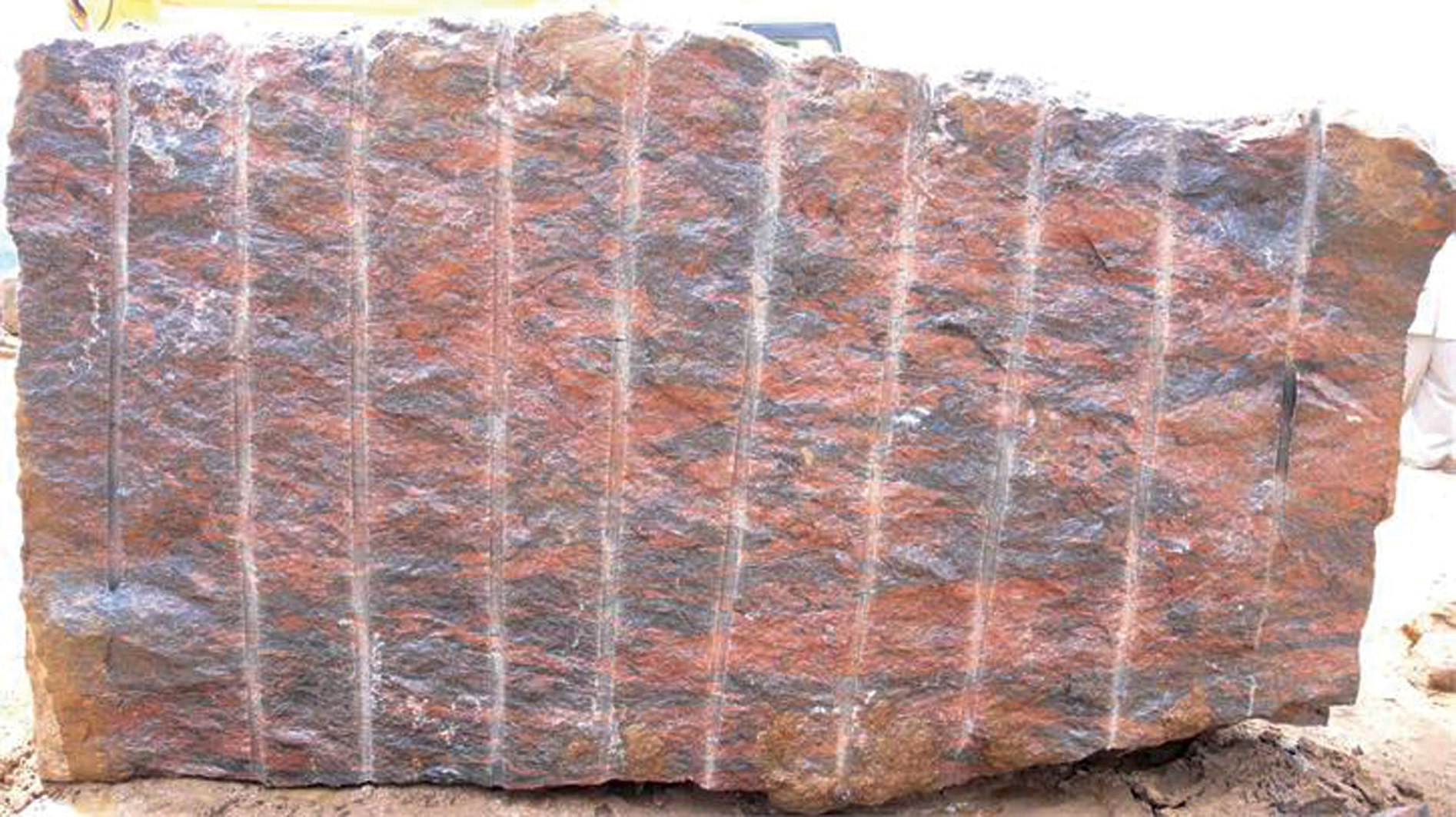Journeying Via Granite Quarries in South Africa: A Visual Odyssey
Journeying Via Granite Quarries in South Africa: A Visual Odyssey
Blog Article
Unleashing the Elegance and Toughness of Granite Quarry: A Journey Via Time
Granite quarries stand as testaments to both the geological marvels of our planet and the enduring workmanship of humanity. As we peel back the layers of time and dig right into the elaborate world of granite quarrying, we uncover a story that not just showcases the appeal and longevity of this magnificent stone yet likewise loses light on the profound effect it has had on civilizations previous and existing.

The Beginnings of Granite Quarrying
In the annals of history, the beginnings of granite quarrying can be traced back to old worlds where the mission for long lasting structure materials sustained the emergence of this classic craft. From the marvelous frameworks of old Egypt to the grandiose holy places of Greece, granite has actually been revered for its toughness, appeal, and long life. The Egyptians, with their advanced quarrying methods, were amongst the first to extract granite on a big scale, using it to create monumental pyramids and intricate statuaries that have actually held up against the test of time.
As worlds progressed, so did the techniques of quarrying granite. The Romans even more fine-tuned the techniques, creating devices and equipment to essence and transport granite over vast ranges for their building tasks. The durability and aesthetic appeal of granite made it a valued product for cathedrals, monuments, and sculptures throughout the ages.
Today, the heritage of ancient quarrying practices survives, with contemporary innovation boosting effectiveness while still paying tribute to the workmanship of our forefathers. The origins of granite quarrying act as a testimony to human resourcefulness and the enduring attraction of this honorable stone.
Devices and Methods of Quarrying
Quarrying granite requires specific equipment to extract the stone from the earth successfully and with precision. Modern quarries utilize diamond-wire saws, high-powered drills, and nitroglycerins to break apart the granite in a controlled fashion.
Along with sophisticated machinery, traditional hand devices are still utilized in specific quarrying operations to guarantee fragile precision in extracting the stone. Chisels, hammers, and wedges are utilized by skilled quarry workers to different granite blocks along natural fractures, a technique that has been passed down through generations.
Moreover, techniques such as drilling upright and straight openings for inserting feathers and wedges, as well as the controlled use explosives in tactical places, make it possible for quarry employees to draw out granite successfully while preserving the stability of the stone. The consistency between modern-day innovation and standard workmanship is crucial to the sustainable quarrying of granite for generations ahead.
Advancement of Granite Quarries
The improvement of granite quarries over time exposes pop over to this web-site a fascinating story of their website technical innovation and market development. From old times where hand-operated devices like blades and hammers were used to draw out granite blocks, to the industrial transformation introducing steam-powered machinery for faster quarrying, the evolution of granite quarries has been noted by significant innovations. In recent years, the introduction of ruby wire saws and advanced drilling modern technologies has changed the removal procedure, permitting much more specific cuts and lowered wastage of basic material.

Granite Quarrying in Modern Times
The progression of granite quarrying methods from historical reliance on handbook devices to the sophisticated techniques of modern-day times emphasizes an exceptional trip of technological technology and sustainability techniques within the industry. In modern granite quarrying, advanced machinery such as diamond cord saws, high-capacity excavators, and digital exploration devices have changed the removal process. These tools enhance effectiveness, precision, and safety and security, enabling for larger quantities of granite to be extracted in a much shorter duration compared to conventional techniques.
In addition, modern-day quarrying practices focus on sustainability and environmental stewardship - granite browse this site quarries in south africa. Companies are significantly adopting environment-friendly strategies like water reusing systems, dust suppression modern technologies, and rehab prepare for tired quarries. These campaigns intend to minimize the ecological effect of granite removal, preserve natural deposits, and recover quarried landscapes to their original state
In addition, the combination of electronic technologies like drones, general practitioner tracking, and 3D modeling has enabled quarry drivers to maximize operations, enhance decision-making, and ensure the lasting management of sources. By welcoming innovation and sustainability, the granite quarrying industry in modern-day times continues to thrive while upholding environmental duty.

Protecting and Safeguarding Granite Quarries
Among the evolving landscape of granite quarrying practices, conservation and defense of these valuable all-natural websites have come to be critical problems for market stakeholders and ecological supporters alike. As granite quarries proceed to be a vital source of this sought after rock, it is essential to embrace sustainable strategies that guarantee their durability and protect bordering ecosystems.
Preserving granite quarries includes implementing effective improvement strategies to recover the land post-extraction. granite quarries in south africa. This procedure consists of improving the terrain, replanting native vegetation, and developing environments for wild animals to prosper. By recovering quarries to their all-natural state, the ecological effect can be lessened, and the charm of these landscapes can withstand for future generations to value
Furthermore, safeguarding granite quarries needs applying policies that control responsible quarrying practices. This includes monitoring water quality, controlling dust emissions, and managing noise levels to reduce disturbances to the environment and nearby areas. Collaborative efforts between sector gamers, governmental bodies, and preservation teams are vital in supporting these standards and ensuring the lasting use granite quarries.
Verdict
To conclude, the trip via time in granite quarrying exposes the origins, tools, strategies, and development of this technique. The modern age has brought advancements in quarrying methods, making it possible for the preservation and protection of these beneficial natural deposits. It is very important to continue to support lasting techniques to make sure the charm and longevity of granite quarries for future generations to appreciate.
Report this page